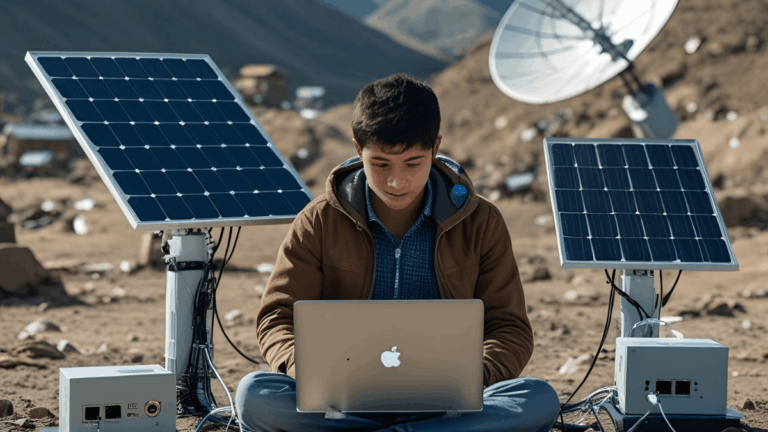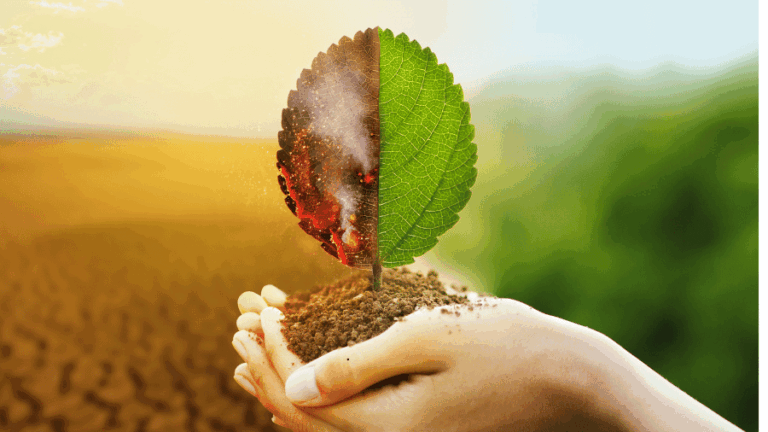From Margins to Mainstream: Indigenous Innovators Driving Climate and Cultural Change

Around the world, the fight against climate change is no longer confined to boardrooms or scientific labs. It is being led on the ground by people rooted in the land itself—indigenous climate innovators whose ancestral knowledge, cultural resilience, and emerging use of modern technology are shaping the new frontlines of environmental action.
Indigenous communities, who make up only around 5% of the global population, are responsible for protecting nearly 80% of the planet’s biodiversity, according to the World Bank. For centuries, they have practiced land stewardship based on harmony, reciprocity, and sustainability. Now, in the face of rising temperatures, ecological loss, and policy gaps, these communities are combining traditional methods with innovation to lead the way forward.
In the Brazilian Amazon, 28-year-old Alessandra Munduruku has become a powerful voice against illegal mining and deforestation. Her activism is deeply tied to her community’s heritage, but she’s also working with lawyers and digital mapping experts to create legally recognized land boundaries. By fusing oral history with GPS tools, she’s helping preserve both the rainforest and her people’s sovereignty.
Halfway across the world in Canada, the Tsleil-Waututh Nation has launched a community-led environmental monitoring initiative using drone surveillance and water testing. This Indigenous Guardian program tracks the health of local ecosystems affected by oil pipelines and industrial development. By collecting hard data while following cultural protocols, the project is influencing government policies from a grassroots level.
In Kenya, the Samburu Women’s Beading Collective is not only keeping cultural traditions alive but also funding reforestation efforts. Their beadwork is sold globally through ethical fashion platforms, and the income is invested back into community-owned nurseries that replant native trees. What was once a craft is now a climate solution.
These stories are not isolated. Across continents, indigenous climate innovators are developing eco-tourism models that protect natural reserves, reviving seed banks to restore food sovereignty, and using mobile technology to track wildfire patterns. Their work shows that climate solutions don’t have to be top-down—they can be community-driven, deeply relational, and rooted in intergenerational wisdom.
Despite their proven track record, Indigenous leaders are often left out of mainstream environmental discussions. Global climate conferences, government task forces, and corporate sustainability boards tend to lack Indigenous representation. This exclusion leads to policies that overlook local ecosystems, miss contextual nuance, and even cause harm.
One example is the practice of “green grabbing”—land being seized for conservation without consulting the people who’ve preserved it for generations. In some parts of Africa and Asia, Indigenous communities have been evicted to make room for parks, wildlife corridors, or carbon credit projects. While these initiatives are marketed as eco-conscious, they perpetuate colonial patterns of land control.
What the world is slowly learning, however, is that sustainable development cannot succeed without justice. The United Nations’ Paris Agreement and Sustainable Development Goals both now emphasize Indigenous participation. However, inclusion must go beyond tokenism. It requires funding Indigenous initiatives, honoring land rights, and creating space for Indigenous-led innovation.
Some progress has been made. In Australia, Aboriginal ranger programs receive government support to manage fire control through traditional methods known as “cultural burning.” These techniques have not only reduced wildfire risk but also brought back endangered species and restored biodiversity. In the U.S., tribal nations like the Yurok in California are regaining stewardship over sacred rivers and salmon habitats, supported by scientific partnerships and federal recognition.
Meanwhile, Indigenous youth are stepping up globally. Climate activists like Xiye Bastida, of the Otomi-Toltec people in Mexico, are influencing movements like Fridays for Future. They bring a different lens—one that connects climate justice with decolonization, land restoration, and cultural survival.
Indigenous innovation is not only about protecting the environment—it’s also about rebuilding systems. In Bolivia, the Quechua community is using blockchain to create transparent land registries that safeguard communal property. In the Arctic, Sámi reindeer herders are using satellite data to adapt their migration paths as temperatures rise. These aren’t just acts of resilience—they are models for the future.
The beauty of these solutions lies in their scalability and sustainability. While large-scale technologies often require heavy investment, indigenous approaches are inherently circular, low-impact, and community-managed. This aligns perfectly with today’s growing emphasis on regenerative practices in agriculture, energy, and urban design.
Despite these advancements, challenges remain. Indigenous communities continue to face threats from extractive industries, discriminatory laws, and underfunded public services. Climate change exacerbates these vulnerabilities—making water sources scarce, altering growing seasons, and forcing relocation in some areas.
Yet amid adversity, Indigenous innovators persist. They are proving that climate action doesn’t always need to come from the top. Sometimes, it begins in small villages, on ancestral lands, and in the hands of those whose lives are intricately tied to nature.
For readers of The Visionary Spark, these stories are essential. They expand our definition of innovation. They remind us that progress is not just about new inventions, but about ancient practices revived with care. They call on us to listen, learn, and collaborate.
If you’re inspired to learn more, we recommend exploring Visionary Voices in Sustainability, which features stories of changemakers creating eco-solutions globally. For those interested in how underrepresented groups are shaping the future, visit Invisible Economies: The Untold Stories of Women Holding Up the World.
You can also support Indigenous-led environmental organizations such as the Indigenous Environmental Network, Amazon Watch, and Cultural Survival—all working to protect rights, land, and climate resilience.
As climate urgency grows, it’s time to stop looking only to laboratories for answers. Innovation already lives in the soil, in ceremony, in the careful balance of nature and humanity. Indigenous climate innovators are not waiting for permission. They’re already leading the way.



